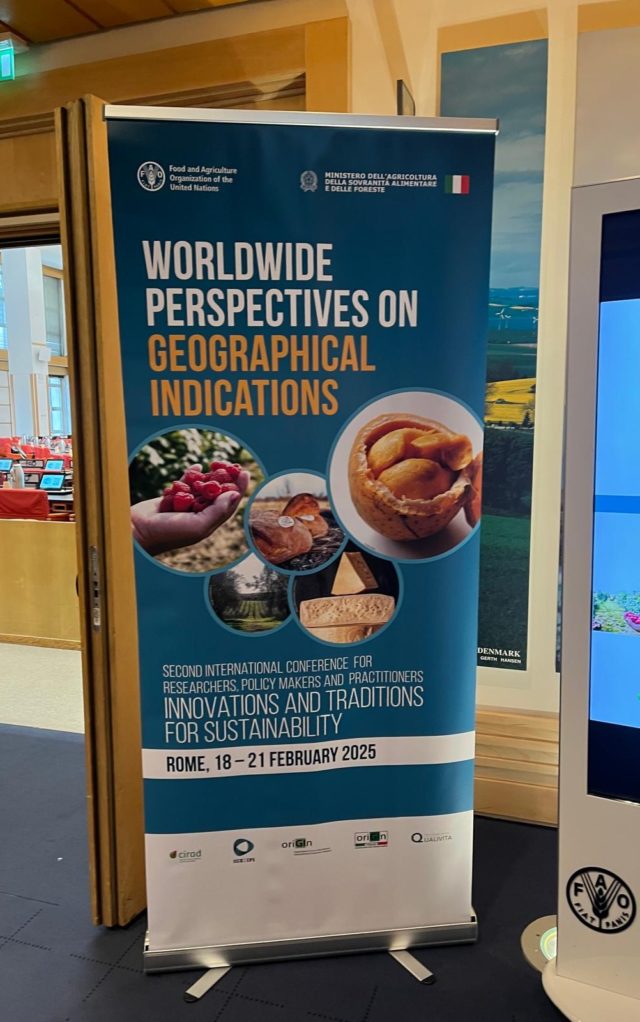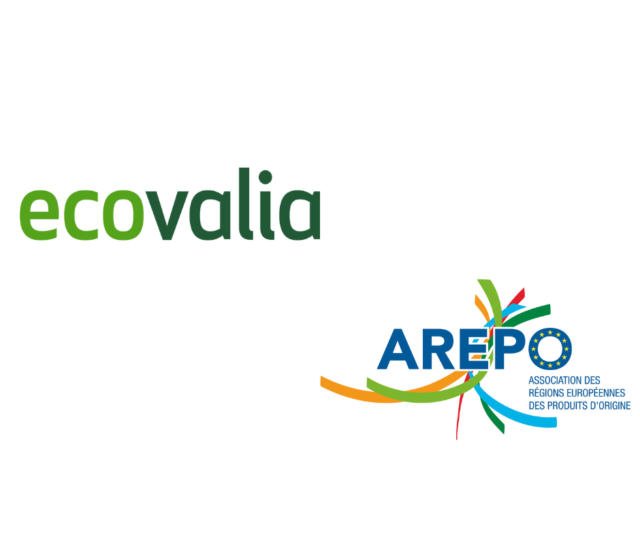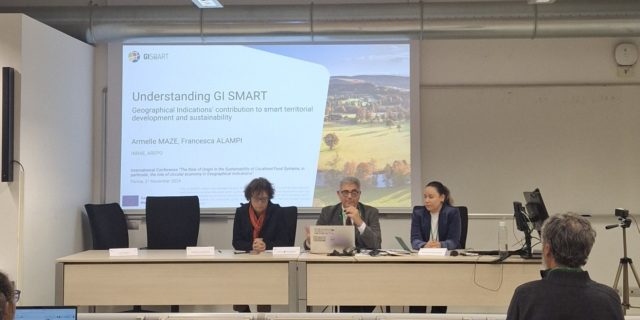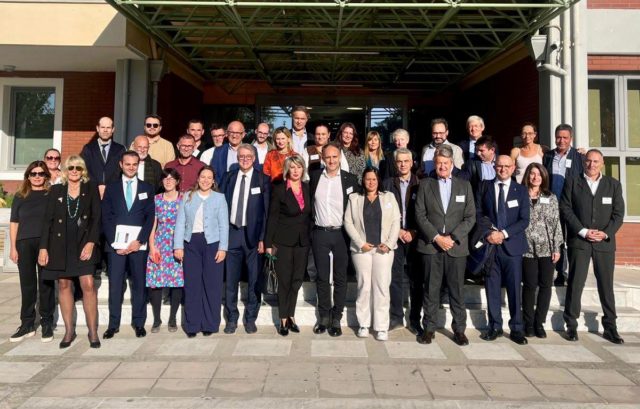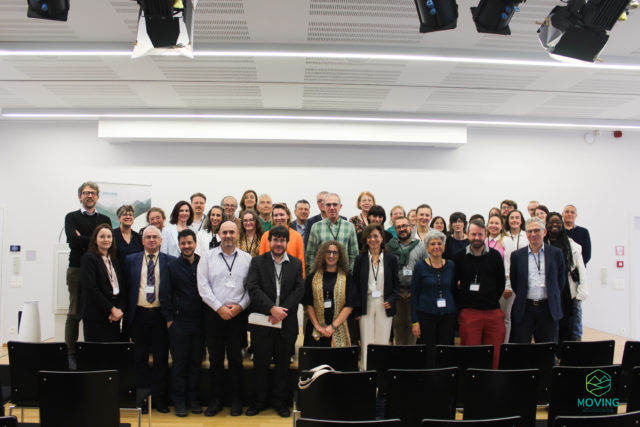This study provides a worldwide panorama of current trends in Geographical Indications (GIs) as they relate to biodiversity conservation and rural development, and their potential contributions to poverty, hunger alleviation and environmental goals. When peasant and indigenous producer organizations decide to participate in the marketplace with a product that is not generic, GIs can be useful in developing and consolidating a differentiated geographical identity and a reputation, building quality systems and providing governance to value chains based on local biological resources and traditional and innovative knowledge and practices. Challenges and opportunities facing small producers from developing and transformation countries are identified, based on the experience of two dozen GI cases from all continents. GI implementation is described through cases that were selected to illustrate both tradition and innovation; contributions and threats to biodiversity conservation; the use of traditional and innovative knowledge and practices; economic benefits at different levels; and also governance issues. GI contributions to these aspects of sustainability are assessed qualitatively as ‘relevant’, ‘modest’ or ‘negligible’; and negative and positive trends are identified. Lessons drawn from the cases are presented in tables, grouped by component, distinguishing both opportunities and pitfalls. Finally, three cases are presented in which no GI has been registered as yet but discussions are underway.




